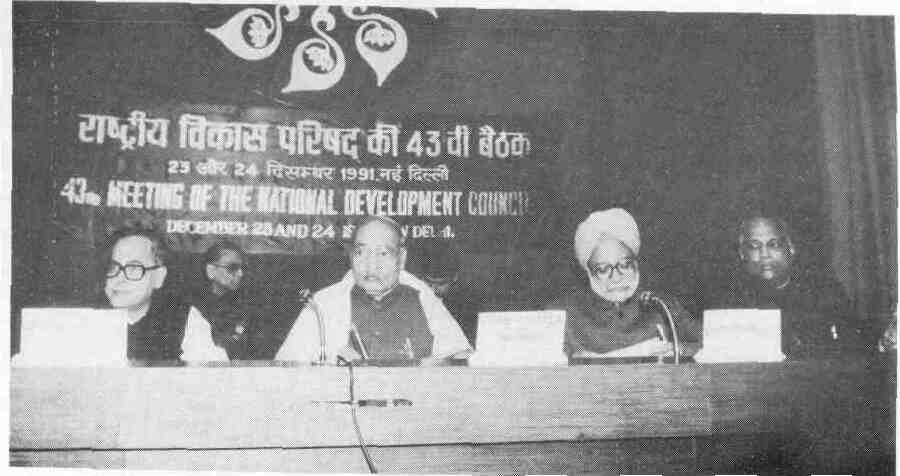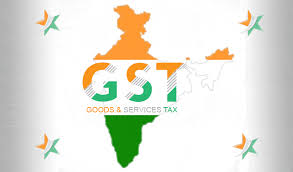| COURSE OUTCOMES: | |||
| CO1: | Apply managerial accounting and its objectives in a way that demonstrates a clear understanding of ethical responsibilities; | ||
| CO2: | Analyze cost-volume-profit techniques to determine optimal managerial decisions; | ||
| CO3: | Perform cost variance analysis and demonstrate the use of standard costs | ||
| CO4: | Identify the guidelines for selecting the most profitable set of products or services | ||
| CO5: | Prepare a master budget and demonstrate an understanding of the relationship between the components; | ||
| CO6: | Identify relevant costs in decision-making. | ||

- Teacher: CHANDRA SEKHAR ALLADI
Course Description(SEC) : RINB is a 2 credit course with 24 sessions for the semester.
The course gives an overview to familiarize with functioning of laws and regulations governing the insurance industry .
- Teacher: Dr. SRI LAKSHMI RAMU

- Teacher: GISA GEORGE
COURSE OBJECTIVE:
- It will result in comprehensive understanding of Indian Economy Student will be able to understand govt policies and programs sectoral
- It helps in developing understanding of the students related to different sectors of Indian Economy
- Students will be able to understand how planning and infrastructure support can develop
- It will help in developing the conceptual framework of govt policies and programmes
- It will acquaint students with latest data and will enhance analytical skills Student will be able to understand the landscape of Indian economy
- After studying the structure aspects of Indian Economy, students will be exposed to economic reforms in India and problems of Indian economy.
- A little understanding of India and Global economy will also be included.
- The course is helpful to develop a systematic exposition of models that try to explain composition, direction and consequences of international trade
COURSE OUTCOMES:
| Understand the importance of one of the core sector in India that is ' AGRICULTURE '. | |||
| They would learn about distribution system and type of Agriculture, Food security and Logistics. | |||
| Know the Concept of Rural credit including the role of RRB's and NABARD. | |||
| Understand the role of tertiary sector of India. | |||
| They would learn and gain knowledge about LSI and SSI and labour laws related to the subject. | |||
| They would be well equipped with the knowledge of foreign exchange and banking sector in India. | |||

- Teacher: VINOD PATTATHIL
- The main objective of the course is to gain knowledge of AS-19 & 21 and format accounts.
- Providing an understanding of the presentation and analysis of financial reporting for the owners as well as external users.
- Comprehend the concepts and standards underlying the accounting procedures used to measure business performance of select corporate groups.
Course Outcome: On completion of the course the students:
CO1) Acquaintance with the regulatory environment and framework in which the companies are registered.
CO2) Will acquire a strong foundation in accounting and reporting requirements of the Companies Act.
CO3) Will acquire the ability to account for a range of advanced financial accounting issues and prepare consolidated accounts for a Corporate Group.
CO4) Apply the accounting procedures for Lease in the books of Lessee and Lessor.
CO5) Understand the influence of inflation on the purchasing power of money.
CO6) Understand the Scope of Social Responsibility Accounting
CO7) Familiarizing the concept of Human Responsibility Accounting.
CO8) Computation of HRA, accounting price level changes and inflationary accounting.

- Teacher: Dr. SRI SAI CHILUKURI
FINM
Course Description(DSC) : FINM is a 4 credit course with 48 sessions for the semester and 4 sessions for the revision totaling to 52 sessions .
The course gives an overview to familiarize with functioning of various Financial Institutions and Markets in India .
- Teacher: Dr. SRI LAKSHMI RAMU
Course description:
Theory and practice of Gst is 5 credit course with 60 sessions for the 6th sem. All the provisions in the
Gst right from Registration to filing of returns are covered including goods and services are covered under this course. The external exam theory paper is of 100 marks, internal for 20 marks and for lab practical it is for 25 marks

- Teacher: VINOD PATTATHIL

- Teacher: DURGA VAIDEHI G